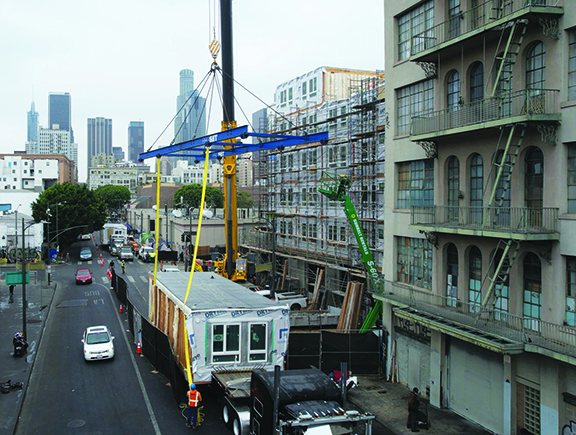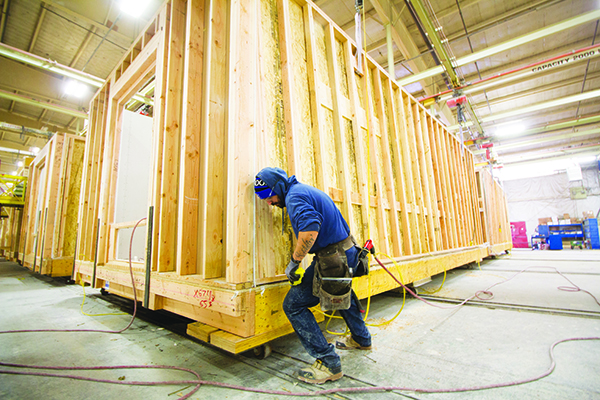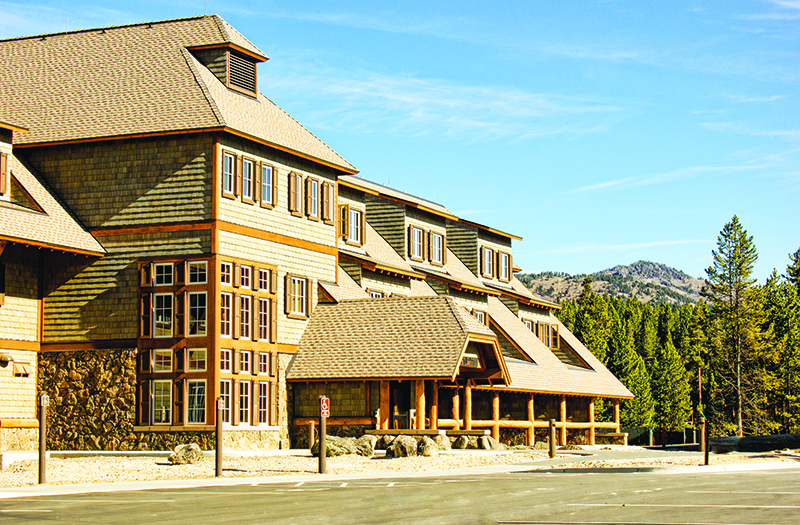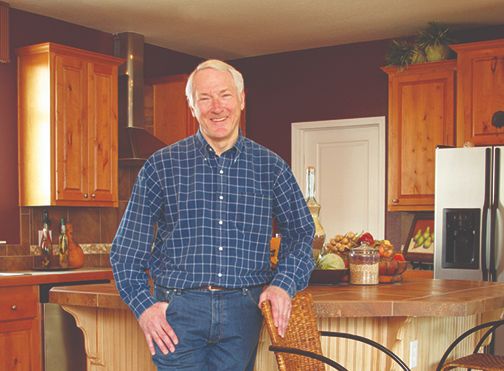This modular manufacturer found success by ditching its single-family home business
- Guerdon evolved from a HUD-code manufacturer to one focused solely on commercial and multifamily projects.
- High demand for affordable housing and the repeatable designs found in multifamily and commercial buildings make for a more stable and predictable business model.
- The company is looking to sub-assemblies to help make it more efficient and to raise its output.

Francisco Bay Area; an award-winning Home2 Suites by Hilton.
Guerdon Modular Buildings (Guerdon) is a good example of how a company can evolve its product line to keep up with changing market conditions.
Its current incarnation took shape in 2001, when Lad Dawson and fellow investor Mike Bowers decided they wanted to bring commercial modular construction to the mainstream. They, and other investors, purchased the assets of Guerdon, a HUD-code, single-family housing manufacturer in Boise, Idaho. Their goal was to migrate the facility into producing commercial and multifamily residential projects.
Business Model Evolution
Dawson had previously owned two other industry companies—Oak Creek Homes and Mid-American Home Star. These companies built HUD-code and single-family modular homes, not multifamily buildings.
One thing that attracted him to commercial and multifamily modular was the design repetition. “Usually we are working with just three different floor plan layouts,” he says. Box widths, lengths and ceiling heights are all consistent.
Within a few years, the company phased out the manufacturing of HUD-code products and single-family modular homes altogether. By 2009, they had transitioned completely to commercial properties. “Most companies don’t choose to exit successful business models, but we did,” says Dawson.
The Sales Process
Of course, the transition to commercial projects didn’t happen overnight and 2009 was the end of a gradual process. At first, the company had to prove its worth by gaining the confidence of developers and general contractors. With all the benefits of modular building in place — a climate-controlled facility with heightened control of project costs, quality and efficiency — Guerdon just needed to prove to customers that it was as good, if not better than, a traditional site-built company.
In-person visits helped this process; something a lot of companies seem to forget these days when nearly everything has become “virtual.” Before building with Guerdon, clients are invited to tour the manufacturing facility to see the production process and to ask questions. According to Dawson, clients who take the tour generally come away feeling confident about Guerdon’s ability to complete their projects.

off a 94-unit supportive housing project.
Simplifying Complexity
Commercial manufacturing requires extensive coordination among manufacturers, clients, architects, engineers, general contractors, trades and government officials. The need to manage all of these relationships adds a good deal of complexity.
Projects can take anywhere from 12 to 24 months to complete, depending on their complexity. The typical multifamily apartment that Guerdon builds “averages 150 units and can be four to five stories tall,” according to Guerdon Marketing Director Paul Dille.
The 2021 Survey of Construction from the US Census Bureau shows the average time to build a multifamily home varies based on a building’s number of units. In 2021, buildings with 20 or more units took approximately 19.2 months to build after obtaining all the necessary permits.
Another process that adds complexity is engineering. Before construction begins, architectural drawings must be converted into buildable shop renderings by the company’s engineering department. Guerdon has focused on recruiting highly-skilled and experienced designers and engineers, many with decades of experience.
One way Guerdon makes things less complex, according to Dawson, is to focus solely on commercial and multifamily housing projects. “Having both single-family and multifamily on the same line seemed to always cause conflicts,” he explains.
Quality Control
During the building process, there are three distinct levels of quality assurance.
The first is a multi-pronged internal quality accountability protocol. A quality control document travels with each module throughout production. All elements, including roofs, floors, walls, electrical wiring and rough plumbing, are placed on the document according to their order in the production process.
Sign-off is initialed by the worker who completes each element then by a supervisor, and, finally, the work is reviewed by a quality-assurance inspector.
Second, a state inspection of every unit is conducted within the factory. These third-party inspectors stay with the project throughout the entire manufacturing process. Inspectors may choose to be permanently stationed at the plant or they may make periodic, weekly visits.
Finally, during production, the customer or general contractor will appoint a staff member, or hire an independent inspector, to examine the units before they are shipped.

A Move Into Hospitality
Guerdon’s service area is vast, serving 10 western US states, including Alaska, as well as Central and Western Canada. Most of their projects are multifamily, with hospitality and workforce housing a distant second and third. Some projects are acquired through existing relationships with developers, while other opportunities come through direct sales channels and requests for proposals.
Hospitality is a relatively new emphasis for Guerdon. A catalyst in entering this sector was the 2014 Canyon Lodges building project at Yellowstone National Park. The LEED-certified lodge, which was built in two phases over four years, features five buildings with 410 rooms.
This project got the attention of the hospitality industry, attracting future projects with Hilton, Marriott and IHG.
In a recent development, a Guerdon client, Southern Hospitality Services, received one of Hilton’s greatest honors: the 2019 New Build of the Year award for the Home2 Suites by Hilton San Francisco Airport.

Retirement and Rebirth
In 2014, Guerdon was sold to an investment group. Dawson remained on the board until 2017 to foster the ownership transition. He then retired from a career that had spanned 45 years.
Then in 2020, during the COVID-19 pandemic, hospitality builds were abruptly curtailed. Dawson understood that it was a temporary downturn and so he joined with fellow investor Mike Bowers and Innovatus Capital Partners to purchase Guerdon’s assets for a second time. His first focus was to rebuild the leadership team, with renewed attention on multifamily housing.
After two years of a pandemic, many developers were taking a wait-and-see attitude to help them better understand the impact on rental rates, labor, material costs and profit margins. Now, however, the tide seems to have turned and the current outlook for new, multifamily apartments is positive. With aspiring homebuyers being priced out of the single-home market, there is a growing need for affordable apartments.
According to a new study commissioned by the National Multifamily Housing Council and the National Apartment Association, the US will need to build 4.3 million new apartments by 2035. The report also states that the US has a current apartment deficit of 600,000 units because of years of underbuilding.

Looking Ahead
Part of how Guerdon hopes to meet the demand for multifamily buildings is by becoming more efficient. To that end, the company appointed Tommy Rakes, a veteran homebuilding executive, as CEO in July 2022.
Rakes is enthusiastic about future manufacturing innovations and processes that ultimately create efficiencies. He cites the evolution of producing more complete sub-assemblies, including elements like kitchen and bath pods. This maximizes time and minimizes physical labor by bringing assemblies closer in proximity to production lines. So what’s next for Guerdon? At this point, the company has completed over 200 projects over 1.5 million sq. ft. and Dawson believes that heightened awareness of the fiscal advantages of modular commercial and multifamily structures will grow the industry’s market share.






